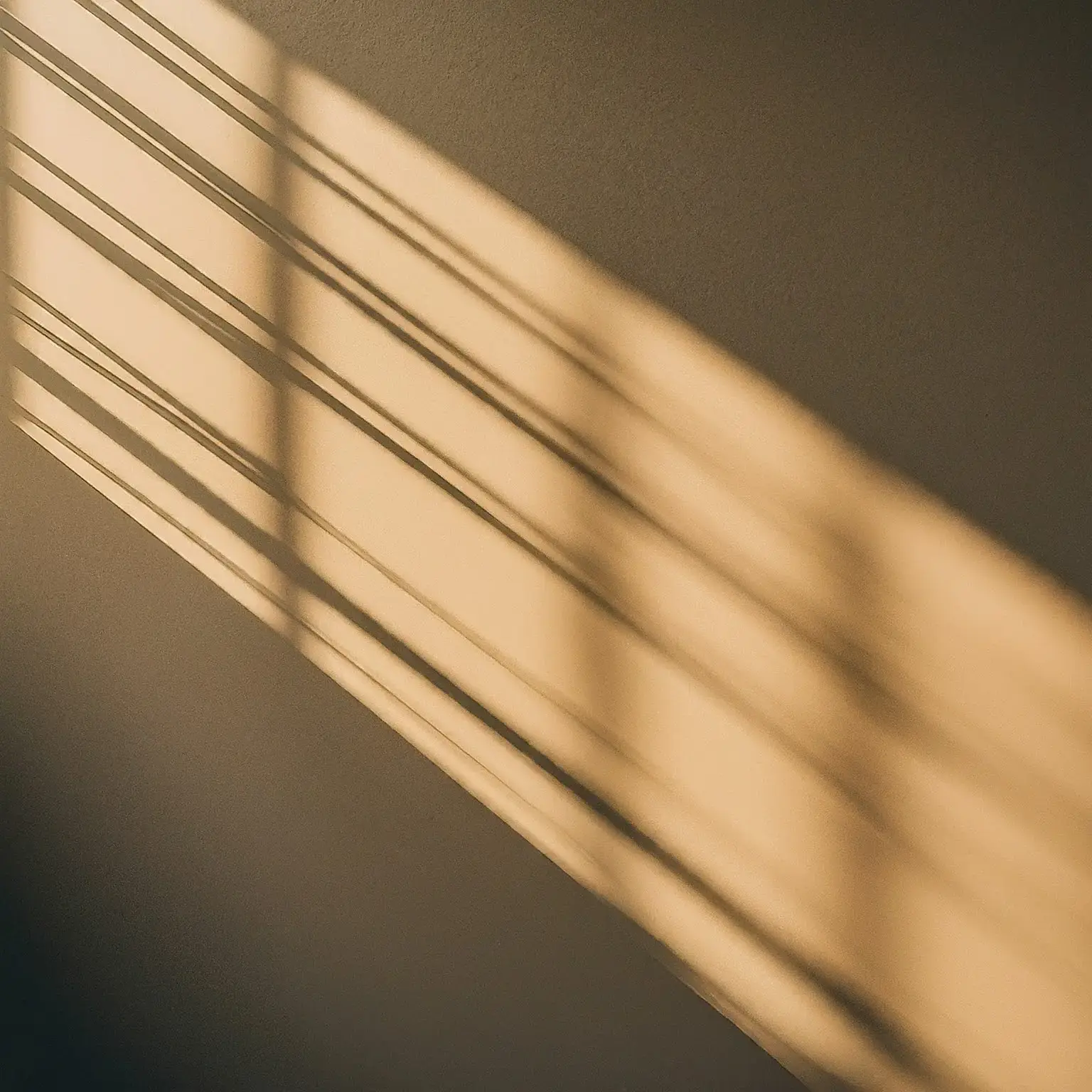
Table of contents [Show]
Sugar soap, despite its name, does not contain sugar. It is a specialized cleaning agent formulated with chemicals such as sodium carbonate, sodium phosphate, and sodium silicate, known for their ability to break down stubborn residues.
Here's why sugar soap is an essential tool for thorough wall cleaning:
Sugar soap's potent cleaning power necessitates a focus on safety. The chemicals within the solution have the potential to cause skin and eye irritation. Adhere to the following precautions:
Sugar soap is available in both powder and liquid forms. Each has its advantages and considerations:

Powdered sugar soap: This traditional format is often more economical than liquid versions. However, it requires careful attention to the dilution instructions on the packaging to achieve the correct cleaning solution concentration.
Liquid sugar soap: Offers greater convenience, as it often comes pre-diluted or with simple mixing instructions. While it may be slightly more expensive per application than powder, it eliminates potential measuring errors.
Protect your surroundings: Lay down drop cloths to safeguard floors and nearby furniture from potential drips or splashes.
Prepare the solution: Meticulously follow the instructions on your chosen sugar soap product, especially if using the powdered version.
Application and targeted cleaning: Using a sponge or cleaning cloth, apply the sugar soap solution to your wall, working in sections from top to bottom to minimize streaking. For stubborn stains, allow the solution to dwell for a short period before gently scrubbing.
Rinse (if required): Many liquid sugar soaps do not necessitate rinsing. However, powdered sugar soap solutions often require a clean water rinse. Wipe down the wall with a damp cloth to remove any residue.
Allow to fully dry: Before applying paint or any other treatments, ensure the wall has dried completely. Proper drying is crucial for optimal results.
While sugar soap is incredibly versatile, there are certain situations where milder solutions are preferable:
Routine cleaning: For light dusting or everyday cleaning tasks, gentler all-purpose cleaners are sufficient and less likely to affect the finish of your walls.
Delicate surfaces: Sugar soap's slightly abrasive nature can potentially dull delicate or glossy paint finishes. Opt for specialized cleaners designed for those surfaces when regular maintenance is needed.
Sugar soap is a valuable asset for achieving deeply cleaned walls and ensuring flawless paint application. Its ability to remove stubborn grease, stains, and residues that hinder paint adhesion makes it an essential and cost-effective part of a thorough pre-painting routine. By following safety guidelines and utilizing sugar soap for its intended purposes, you can achieve walls that look revitalized, feel fresh, and provide a perfect foundation for your next decorating project. Remember, for everyday cleaning tasks, gentler solutions are often sufficient, but for those tough jobs, sugar soap delivers satisfyingly clean results.